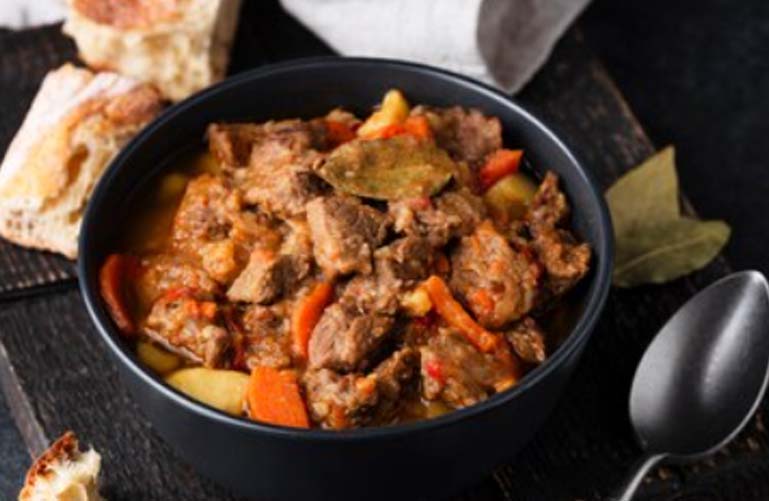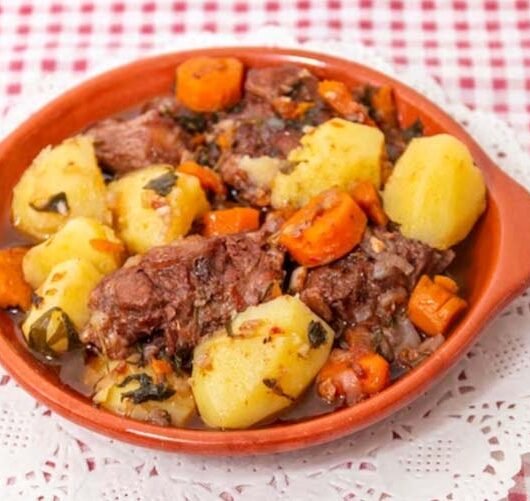part of traditional cuisine in many regions, where beef is slowly cooked with a variety of vegetables in a flavorful broth. This recipe, in particular, begins by browning the meat in oil to seal in the juices and increase its flavor. Then, onions, tomatoes, red pepper, garlic, carrots and potatoes are added, which are cooked together until the flavors blend and the vegetables are tender. Beef broth or water is stirred in to create a delicious, comforting base that infuses with all the ingredients. The result is a hearty and comforting dish that combines the tenderness of the meat with the soft texture of the vegetables. It can be served hot, accompanied by white rice or arepas, and optionally garnished with fresh chopped cilantro for an additional touch of freshness and flavor. Beef sweat is a perfect choice for a comforting meal any time of year and is especially popular at family gatherings or informal celebrations.

Meat sweat and health benefits
Meat sweat can offer several health benefits, especially if prepared with nutritious ingredients and consumed as part of a balanced diet. Here are some potential benefits:
- High protein content: Beef is an excellent source of high-quality protein, which is essential for muscle health, tissue repair, and immune function.
- Vitamins and minerals Meat sweating can provide a variety of vitamins and minerals, depending on the ingredients used. Vegetables such as tomatoes, peppers, carrots and potatoes are rich in vitamins A and C, potassium and fiber, which are important for general health and well-being.
- Iron: Beef is a good source of iron, a mineral crucial for hemoglobin production and oxygen transport in the body. This can help prevent anemia and maintain healthy energy levels.
- Cardiovascular health: By using lean meat and limiting the amount of saturated fat in the recipe, beef stew can be part of a heart-healthy diet. Vegetables can also provide fiber and antioxidants that are beneficial for cardiovascular health.
- Hydration: Depending on the amount of broth used in the recipe, beef sweating can contribute to hydration, especially if served with additional broth.
- Feeling full: The proteins and fibers present in meat sweat can help keep you feeling full longer, which can be beneficial for weight control and reducing the risk of overeating.
It is important to note that the health benefits of meat sweating may vary depending on the specific ingredients used and the way the dish is prepared. Limiting the use of additional oils and fats, as well as choosing lean cuts of meat and increasing the proportion of vegetables, can maximize the nutritional benefits of this traditional dish.
Maybe you might like: horchata
Image credit: freepik



